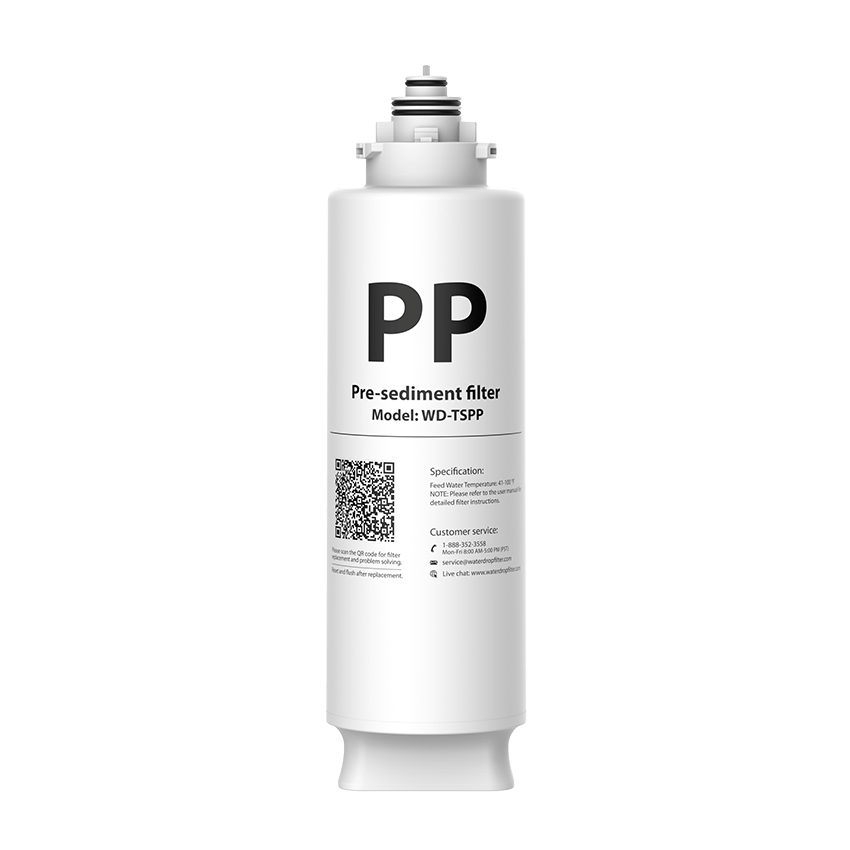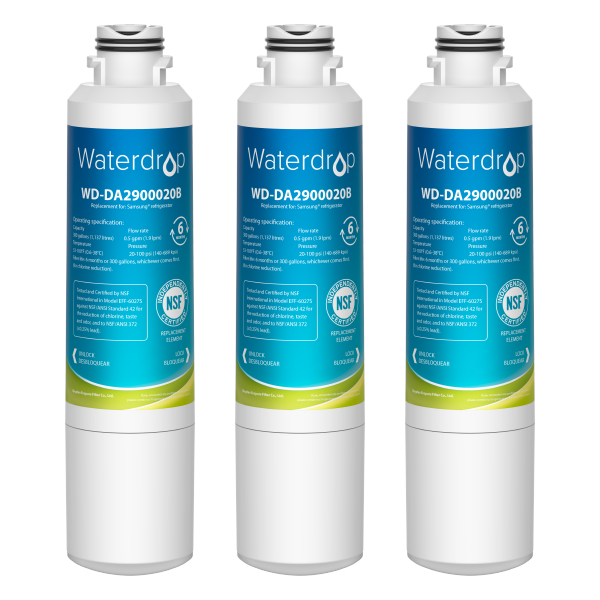How to Purify Water at Home?
by Dr. Jonathan Doyle - Updated December 19, 2024
Access to clean and safe water is a priority for every household, especially in Australia, where water quality can vary greatly depending on your location. From urban tap water to rural supplies like bore water, ensuring your drinking water is free from contaminants is essential for health and well-being. This comprehensive guide explores practical, cost-effective, and efficient methods for purifying water at home.
Why Purifying Water at Home is Important?
Australian water is generally safe to drink, but it often contains impurities such as chlorine, heavy metals, bacteria, and pesticides. Rural areas may face additional challenges like high salinity, sediment, and nitrate contamination. These impurities can affect water taste, safety, and your household’s overall health.
The Risks of Consuming Contaminated Water
Drinking untreated water can lead to health issues such as gastrointestinal infections, skin irritations, and exposure to long-term toxins. For families with children, elderly members, or individuals with compromised immune systems, purified water is crucial for preventing illnesses.
How to Purify Water at Home?
Boiling Water
Boiling is one of the simplest and most effective ways to kill bacteria, viruses, and parasites in water. It’s a particularly useful method during emergencies or when traveling to remote Australian regions.
While boiling eliminates biological contaminants, it does not remove chemicals, heavy metals, or sediments.
Using Water Filters
Water filtration systems are a popular and convenient option for Australian households. They can remove a wide range of impurities, including chlorine, fluoride, heavy metals, and sediments, while improving water taste.
Common Types of Water Filters:
Choosing the Right Filter for Your Needs
For urban households, a countertop or under-sink filter may suffice. In rural areas, a whole-house filtration system is recommended for treating bore water or rainwater.
Using Distillation
Distillation is a process that involves boiling water and condensing the steam into a clean container, leaving behind contaminants. This method is highly effective for removing heavy metals, salts, and most chemical contaminants.
Steps for Home Water Distillation:
1. Heat water in a distillation unit.
2. Collect the steam in a clean condenser.
3. Store the purified water in sterilized containers.
2. Collect the steam in a clean condenser.
3. Store the purified water in sterilized containers.
Although distillation is thorough, it’s energy-intensive and removes beneficial minerals from water, which might not be ideal for everyday use.
Chemical Disinfection
Chemical disinfectants like chlorine or iodine are commonly used for purifying water, particularly in emergency situations. These are effective for killing bacteria and viruses but may leave a residual taste or odor.
How to Use Chemical Tablets:
1. Add the recommended dose to your water.
2. Let it sit for the time specified (typically 30 minutes).
3. Store the treated water in a clean container.
2. Let it sit for the time specified (typically 30 minutes).
3. Store the treated water in a clean container.
Chemical disinfection is a temporary solution and not suitable for regular use due to potential chemical exposure.
Solar Water Disinfection (SODIS)
SODIS is an eco-friendly method that uses sunlight to kill harmful microorganisms in water. It’s particularly effective in sunny climates like much of Australia.
Steps for Solar Disinfection:
1. Fill transparent plastic or glass bottles with water.
2. Place them in direct sunlight for 6–8 hours.
3. Use the purified water for drinking or cooking.
2. Place them in direct sunlight for 6–8 hours.
3. Use the purified water for drinking or cooking.
This method works best for clear water and does not remove chemical contaminants or sediments.
Collecting Rainwater
Rainwater harvesting is a sustainable and practical method for many Australian households, especially in areas with limited access to clean tap water. While rainwater is generally clean, it requires purification before consumption to remove potential contaminants like bird droppings or dust.
How to Purify Rainwater:
Adding Alum for Sediment Removal
In rural or remote areas, water may contain high levels of sediment. Alum (aluminium sulfate) is a coagulant that can help clear muddy or turbid water.
How to Use Alum:
1. Add a small amount of alum to the water.
2. Stir the water to mix.
3. Allow sediments to settle before decanting the clear water.
2. Stir the water to mix.
3. Allow sediments to settle before decanting the clear water.
This method is effective for pre-treatment but should be followed by further purification to ensure safety.
Tips for Maintaining Safe Drinking Water at Home
Conclusion
Purifying water at home is an essential step towards safeguarding your family’s health. From simple boiling methods to advanced Water Filtration Systems, Australians have a range of options to ensure clean and safe drinking water. By understanding your local water quality and choosing the right purification methods, you can enjoy fresh, great-tasting water with peace of mind.
Contaminants Detected in Fruitland Water Special Service District
30
Contaminants
EXCEED EWG HEALTH GUIDELINES
EXCEED EWG HEALTH GUIDELINES
30 Total Contaminants in Your Water
Water Provider
Fruitland Water Special Service DistrictPopulation Affected
120,000Water Source
Ground waterExceeds Guidelines
Others Detected













